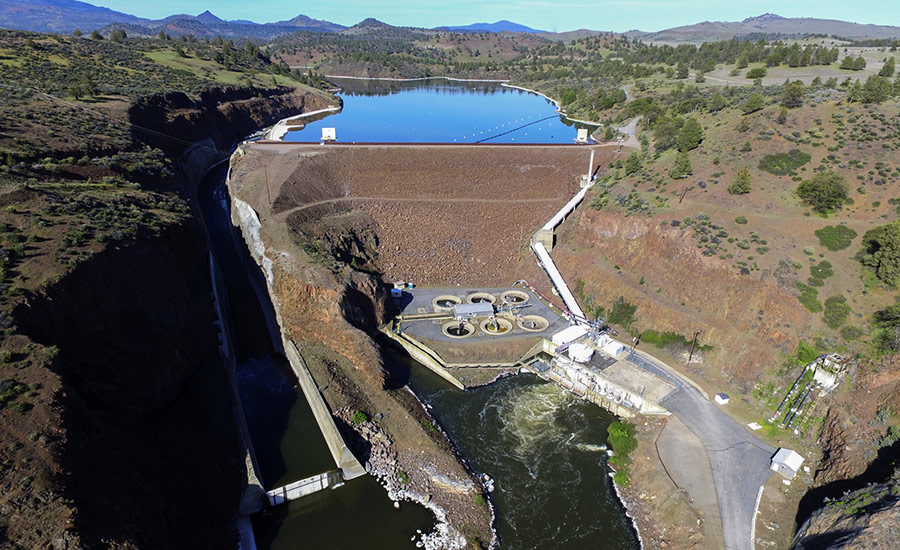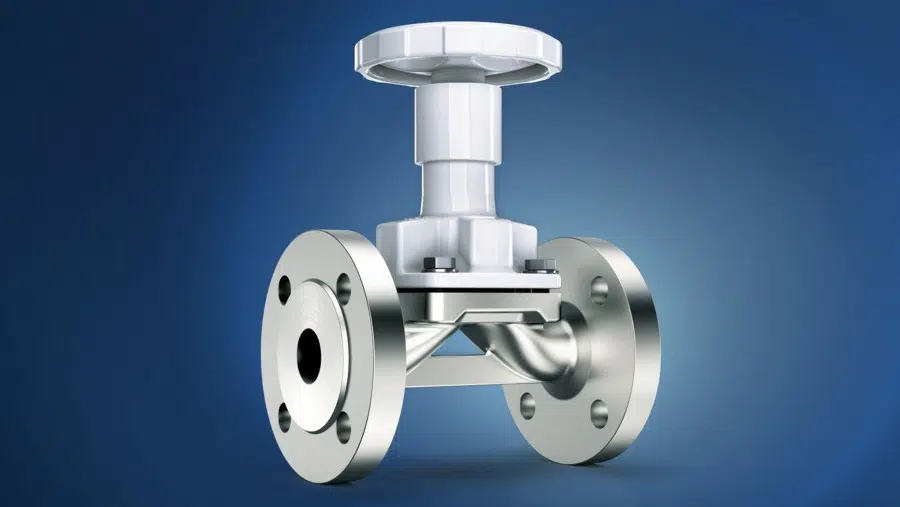In an industry long dominated by Eurocentric standards of beauty, Black supermodels have been breaking barriers and reshaping the fashion world with their talent, grace, and undeniable presence. These trailblazing women have not only graced the runways of the world's most prestigious fashion shows but have also become icons and role models for generations to come. Let's delve into the journey of these remarkable individuals who are changing the face of beauty.

The Pioneers of Black Supermodels
Black supermodels have a long history of breaking down barriers and challenging stereotypes in the fashion industry. Here are some of the pioneers who paved the way for the next generation:
Donyale Luna
- Known as the first Black supermodel
- Broke into the mainstream in the 1960s
- Featured on the cover of British Vogue in 1966
Naomi Sims
- First Black model on the cover of Ladies' Home Journal in 1968
- Launched her own line of beauty products for women of color
- Pioneered the concept of Black beauty in the modeling industry
The Rise of Black Supermodels in the Modern Era
While the pioneers laid the foundation, the modern era has seen an explosion of Black supermodels who have taken the fashion world by storm. These women have not only redefined beauty standards but have also become household names in the process.
Naomi Campbell
- Rose to fame in the late 1980s and 1990s
- First Black model to appear on the cover of French Vogue
- Known for her iconic runway walks and fierce attitude
Tyra Banks
- Started her career as a model before transitioning into television
- Hosted the popular reality show "America's Next Top Model"
- Promoted body positivity and diversity in the modeling industry
Iman
- Iconic Somali supermodel and entrepreneur
- Founded her own cosmetics line for women of color
- Advocate for diversity and representation in the fashion industry
The Impact of Black Supermodels on Beauty Standards
Black supermodels have not only made a mark in the fashion world but have also had a significant impact on shifting beauty standards and perceptions of beauty. Their presence on runways, magazine covers, and ad campaigns has challenged the industry to embrace diversity and inclusivity.
Redefining Beauty
- Black supermodels have challenged traditional beauty norms
- Representation of diverse skin tones, hair textures, and body types
- Encouraging acceptance and celebration of all forms of beauty
Inspiring Future Generations
- Black supermodels serve as role models for young girls and boys of color
- Empowering others to embrace their unique beauty and identity
- Breaking down barriers and opening doors for future generations
The Continuing Evolution of Black Beauty in Fashion
As the fashion industry continues to evolve, Black supermodels are at the forefront of driving change and pushing for greater diversity and representation. Their influence goes beyond the runway, shaping the way beauty is perceived and celebrated in society.
Diversifying Runways
- Advocating for more diversity in casting and fashion shows
- Promoting inclusivity for models of all backgrounds
- Encouraging designers to create clothing for a wider range of body types
Creating Opportunities
- Black supermodels are using their platforms to create opportunities for others
- Supporting emerging talent and advocating for equal representation
- Opening doors for aspiring models and industry professionals








